
Breast cancer-related lymphedema video resources
Whether you’re newly diagnosed or navigating life with breast cancer-related lymphedema, you’re not alone.
Read More
Your Trusted Hub for Lymphedema Education & Resources
Our team at Tactile Medical wants to provide patients with the best lymphedema resources and education.
Explore our resource hub to learn about lymphedema, lipedema, cellulitis edema, and more.
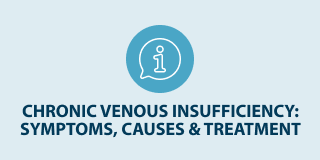
Review our guide on chronic venous insufficiency (CVI) to better understand the symptoms, causes, and treatment options to get the care you need.
Read More

Lymphedema is a condition that occurs when fluid builds up in a part of your body, causing pain, swelling, and discomfort in the affected area. Lymphedema causes vary but typically occur when there’s a disruption to the lymphatic system.
Read More
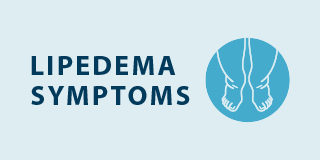
Lipedema is a disease that occurs when there’s a buildup of fat beneath the skin, which causes an enlargement of certain parts of the body as well as pain. While lipedema is relatively rare, it’s important to know the signs and symptoms. Here’s what you need to know about lipedema,…
Read More

If you’ve ever experienced swelling in your body, whether it be your ankle, leg, or arm, you may have edema. Edema is the medical term for swelling, and it can be caused by a number of factors, such as a disease, medication, or allergy.
Read More
Whether you’re looking to understand the causes of lymphedema or are in search of how to manage your symptoms, our lymphedema blog can provide you with the resources you need. Explore our blog for trustworthy lymphedema information and solutions.
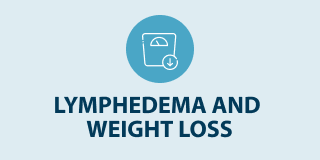
Living with lymphedema while trying to manage your weight can feel overwhelming, but understanding the connection between lymphedema and weight loss can help you develop effective strategies for both conditions.
Read More
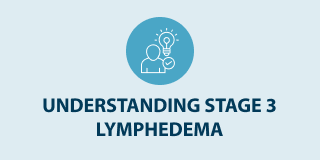
Stage three lymphedema is the most advanced stage of this chronic condition. In this stage, the affected body part might display one or more symptoms, such as significant swelling, alterations in the skin, or recurring episodes of infection. While this stage can be challenging to manage, understanding your condition and…
Read More
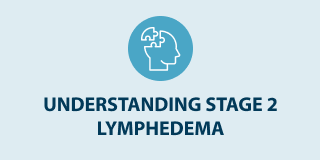
Living with stage 2 lymphedema brings unique challenges, but understanding your condition is the first step toward effectively managing it. While this stage marks a point where the condition becomes irreversible, there are many ways to maintain your quality of life and prevent symptoms from progressing. Keep reading to explore…
Read More
Our lipedema hub shines a light on many common lipedema questions. Whether you’re looking for information on causes, symptoms, or treatments, our lipedema resources can provide you with the information you need.
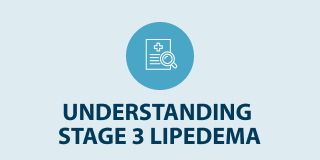
Stage 3 lipedema is a significant progression in this complex and often misunderstood loose connective tissue disorder. This most advanced lipedema stage brings substantial physical changes and challenges beyond those seen in earlier phases. The disproportionate fat deposits, distinctive skin alterations, and increased discomfort create a condition that’s frequently mistaken…
Read More
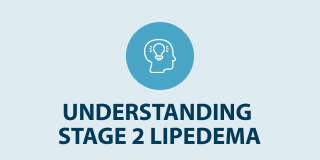
Living with lipedema can be challenging, especially as it progresses to stage 2. Lipedema is a loose connective tissue disorder that causes disproportionate fat accumulation, particularly in the lower body, and can impact quality of life with symptoms like pain and mobility issues. This article explores what stage 2 lipedema…
Read More
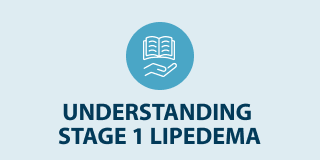
Lipedema is a chronic condition that affects millions of people, mostly women, worldwide1 yet remains widely misunderstood and underdiagnosed. When identified early as stage 1 lipedema, patients have the best opportunity to manage symptoms and slow progression. This article will explore what happens in the early stages of this condition,…
Read More
Our general edema resource hub provides information and solutions for lymphatic swelling. Explore our general edema resources below for information on edema causes, symptoms, and treatments.
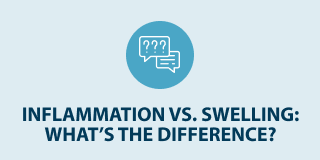
Review our guide on the differences between inflammation vs. swelling, so you can understand how they impact your body differently.
Read More

Review our guide on chronic venous insufficiency (CVI) to better understand the symptoms, causes, and treatment options to get the care you need.
Read More
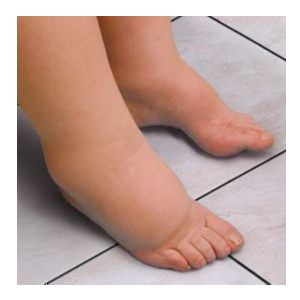
Your doctor might be your strongest ally in finding appropriate treatment for your swelling. Consider making an appointment specifically to discuss your swelling rather than as part of another visit so that you have enough time to get the help you need.
Read More
Our resources section of our resource hub provides printouts and other useful handouts for you to print and share the information that you need.

Whether you’re newly diagnosed or navigating life with breast cancer-related lymphedema, you’re not alone.
Read More

Read More
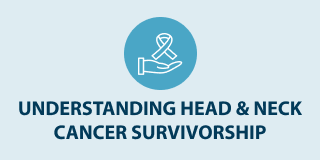
Read More
Call us at 1.833.3TACTILE (1-833-382-2845)